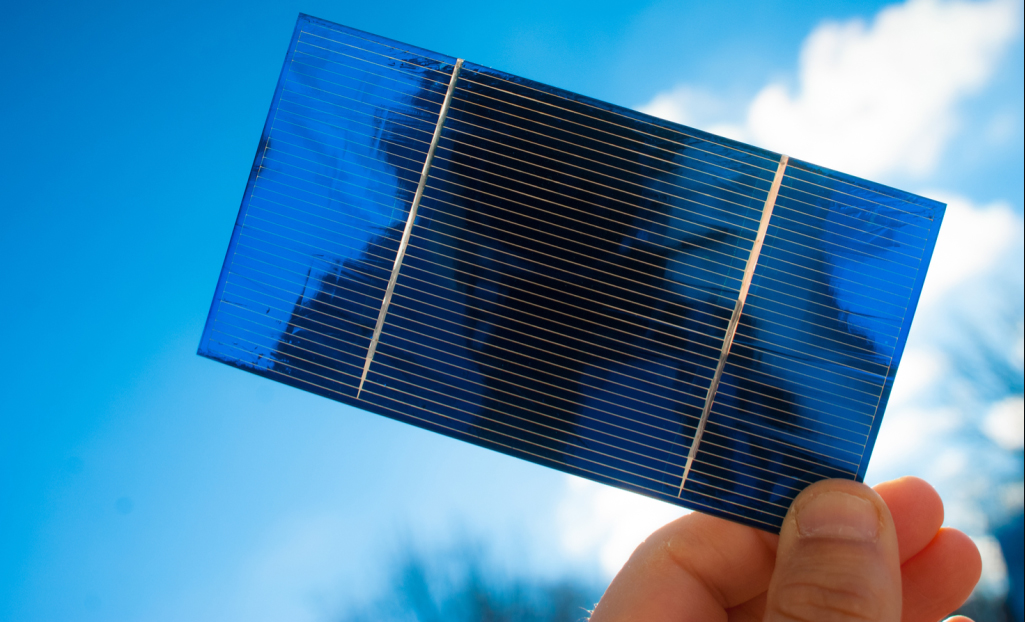Solar panels offer homeowners a great way to reduce their carbon footprint. Luckily, the lifespan of solar panels will allow you to produce energy for many years, providing a great return on investment.
You can count on most photovoltaic solar panels to last 25 years before they begin to noticeably degrade. Most solar panel companies will provide a standard 25-year warranty for the expected life expectancy of the solar panels. After 25 years, your solar panels won’t necessarily need to be replaced; however, their ability to absorb sunlight will be reduced.
In this blog, we’ll explain how long solar panels last, review solar panel degradation rates, and ways to make sure your solar panels last as long as possible.
What is ‘solar panel degradation rate’?
Over time, solar panels lose their ability to absorb sunlight and convert it into solar energy due to factors such as hotter weather and the natural reduction in chemical potency within the panel. This is what is referred to as the “degradation rate”.
The lower the degradation rate, the better the panel. When a solar panel has a lower degradation rate, it will produce more energy over its lifetime.
Degradation rates vary from one brand to another; higher-quality panels have a lower degradation rate versus lower-quality panels. This is important to keep in mind when doing a solar panel comparison since it might make more sense in the long run to spend more money on higher quality panels.
According to a National Renewable Energy Laboratory (NREL) study, premium modern solar panel manufacturers such as Panasonic and LG offer panels with degradation rates as low as 0.30% per year.
The worst degradation rate is .80% a year, but as a benchmark, you can expect an average degradation rate of .50% a year for any panel.
For most Tier 1 solar panels, the degradation rate is .30% meaning that each year, the panels performance is reduced by .30%. Over 25 years, that adds up to a total of 6.96% meaning your panels will operate at 93.04% of their original capacity in 2045.
If you invest in Tier 2 solar panels, your panels will degrade .50% each year and at the end of a 25-year warranty, they will operate at about 88.67% of their original capacity.
Many solar companies offer apps or physical trackers that monitor your solar electricity generation monthly or even daily. Having a grasp of the typical amount of the energy output of your panels will help you notice if something is off.
Do solar panels go bad?
There is technically no expiration date on solar panels. However, over time, they naturally tend to become less efficient at producing energy.
Some panels can also break due to physical damage from extreme weather conditions. For example, when there is extreme cold, reoccurring hail storms or physical damage caused by falling debris, solar panels can develop microcracks that will eventually break the entire panel.
Quickly occurring extreme contrasts in temperature can also weaken solar panels because the materials that make them, like solar cells and metals, will contract and expand. Solar panels are also subject to water damage which could occur due to the seal that protects the panels from water degrading.
The good news is, a standard 25-year warranty should cover all weather damage to solar panels. Each solar panel manufacturer offers different warranty guarantees, so be sure to read the fine print to make sure your panels are covered under any condition.
However, an NREL study has shown that for solar panels replaced since 2000, only about 5 panels out of 10,000 fail annually. And thankfully, solar panel recycling is becoming much more popular.
What other solar system components might need replacing?
The hardware that makes up a solar system, including the racking, solar batteries, and inverter, have a higher chance of breaking than the actual solar panels do.
Replacing the racking
Because the racking system is drilled into the roof to hold the panels, it is more exposed to the elements, including sun, rain, snow, and extreme temperatures.
Replacing the inverter
You can expect to replace your inverter every 10-15 years. Normally, the solar inverter will need replacing during your solar system’s lifetime because it is working extremely hard as the tool that converts DC electricity into AC electricity for your home to use.

Replacing your solar battery
Solar batteries, like the Tesla Powerwall, are an optional addition to your solar system and are used to store excess solar power.
Solar batteries typically have 10-year warranties, which is around the time their performance begins to degrade. So after 10 years, you might need to replace them to maintain peak performance. If you purchase a battery, check with your battery manufacturer for their specific warranty.
One way to keep your solar system operating at its peak is to sync up your roof maintenance with solar panel maintenance and replacement. Depending on roof shingle types, a typical roof needs to be replaced about every 25 years, which is the perfect time to potentially replace your solar panels.




